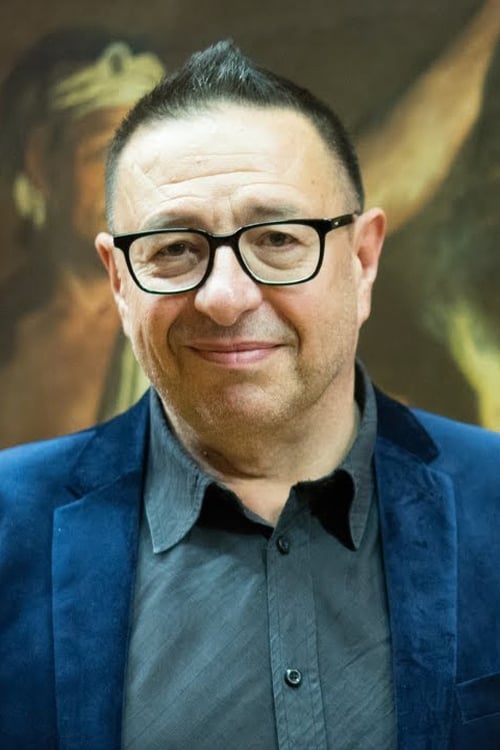Мане – отец современного искусства (2009)
Жанр : документальный
Время выполнения : 1Ч 30М
Директор : Waldemar Januszczak
Краткое содержание
Фильм рассказывает о жизни художника 19 века Эдуара Мане. Его называют отцом Импрессионизма, хотя он упорно отказывался выставляться вместе с импрессионистами и старался не быть эстетически похожим на Моне, Ренуара и других. В то время как импрессионисты превозносили его, Мане смотрел на них сверху вниз, предпочитая продолжать творить в своем собственном стиле. Скандальные картины, которые принесли ему славу — «Олимпия» и «Завтрак на траве» стали также самыми «запретными» произведениями французского искусства 19 века. Это история о том, как Мане изгнали из официального Парижского салона, после чего он основал Салон Отверженных — ключевое культурное событие эпохи.
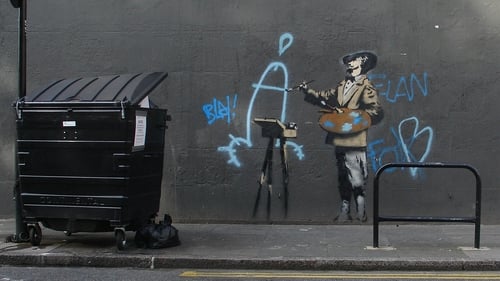
Картина рассказывает невероятную, но правдивую историю о том, как эксцентричный буржуа французского происхождения, проживающий в Лос-Анджелесе, превратившись в кинодокументалиста, попытался отыскать Бэнкси и подружиться с ним.

A rural American town suffering economically from factory closures finds an unconventional route to recovery with the help of MASS MoCA.

Фильм рассказывает о жизни художника 19 века Эдуара Мане. Его называют отцом Импрессионизма, хотя он упорно отказывался выставляться вместе с импрессионистами и старался не быть эстетически похожим на Моне, Ренуара и других. В то время как импрессионисты превозносили его, Мане смотрел на них сверху вниз, предпочитая продолжать творить в своем собственном стиле. Скандальные картины, которые принесли ему славу — «Олимпия» и «Завтрак на траве» стали также самыми «запретными» произведениями французского искусства 19 века. Это история о том, как Мане изгнали из официального Парижского салона, после чего он основал Салон Отверженных — ключевое культурное событие эпохи.

Up until the end of her life, Beatrice Wood continued to influence younger artists with her definitive, free-wheeling ways. She was central to the American Dada movement and was the last surviving member of this group. In this program she recalls her friends Man Ray, Picabia and others, and her ex-husband Marcel Duchamp. She died in 1999 at 105 years of age.
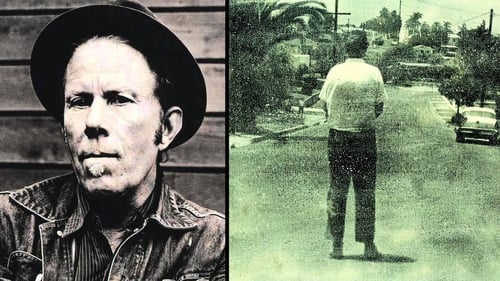
The epic life of a world-class artist, jammed into six minutes.
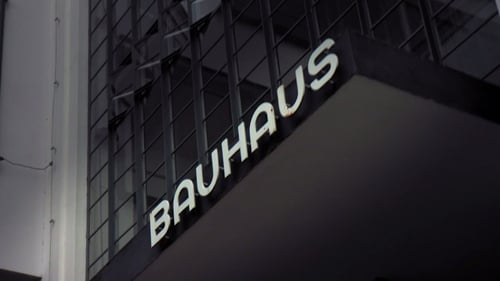
In 1919 an art school opened in Germany that would change the world forever. It was called the Bauhaus. A century later, its radical thinking still shapes our lives today. Bauhaus 100 is the story of Walter Gropius, architect and founder of the Bauhaus, and the teachers and students he gathered to form this influential school. Traumatised by his experiences during the Great War, and determined that technology should never again be used for destruction, Gropius decided to reinvent the way art and design were taught. At the Bauhaus, all the disciplines would come together to create the buildings of the future, and define a new way of living in the modern world.

Sometimes reduced to the image of a cursed artist, Amedeo Modigliani, an admirer of the masters of the Italian Renaissance, has traced an unparalleled path in modern art.
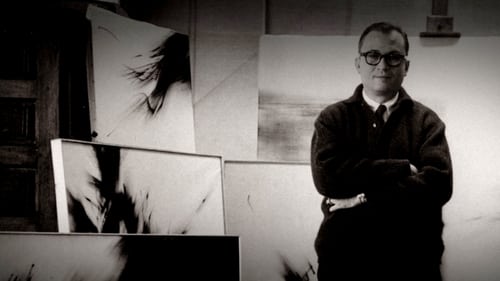
The history of how the Museum of Spanish Abstract Art of Cuenca was created. In the mid-1950s, the Spanish collector and painter Fernando Zóbel de Ayala (1924-84) becomes fascinated by the young generation of Spanish abstract artists, so he begins to collect their works to show them to the public in Toledo. Until Gustavo Torner, a young forest engineer interested in art, proposes him to visit his city, Cuenca.

A collection of BBC archive material about painter Francis Bacon, including a previously unseen interview recorded in 1965.

Narrated by David McCullough, this program examines the infamous Entartete Kunst (degenerate art) exhibition mounted by the Nazis in Munich in 1937 and their far-reaching attacks on avant-garde art in Germany. Witness compelling footage of Nazi book burnings, and of the exhibition itself. Includes interviews with historians, art critics, and eyewitnesses to the events that dramatize this powerful story of the Nazis' assault on modern culture.

A history of the work of Merce Cunningham.

M.C. Escher is among the most intriguing of artists. In 1956 he challenged the laws of perspective with his graphic Print Gallery and his uncompleted master-piece quickly became the most puzzling enigma of modern art. Fifty years later, can mathematician Hendrik Lenstra complete it? Should he?

Explorations in 21st Century American Architecture Series: Ray Kappe has long been a cult figure in the architectural scene in and around Los Angeles. In 1972, he founded the influential, avant garde Southern California Institute of Architecture (SCI-ARC), where many of the younger-generation architects have studied or taught.

No understanding of the modern movement in architecture is possible without knowledge of its master builder, Mies van der Rohe. Together with documentation of his life, this film shows all his major buildings, as well as rare film footage of Mies explaining his philosophy. Phyllis Lambert relates her choice of Mies as the architect for the Seagram building. Mies's achievements and continuing influence are debated by architects Robert A.M. Stern, Robert Venturi, and Philip Johnson, by former students and by architectural historians. Mies is seen in rare documentary footage.

This movement marks the beginning of modern art in Germany. It is the German equivalent of French Fauvism, from which it draws its main inspiration, but it carries an Expressionist and social emphasis that is characteristic of Nordic 'angst.' The artists of Die Brucke were restless creatures, over-sensitive, haunted by religious, sexual, political or moral obsessions. Dramatic landscapes and nudes, mystical and visionary compositions, scenes of the countryside, the streets, the circus, the cafe-dansants and the demi-monde were their principal subjects. Their pure colours blaze in acid stridency, encompassed by rough, dry contours which show the influence of African art and primitive woodcuts. The work of the following is shown: Kirchner, Fritz Bleyl, Erich Heckel, Schmidt-Rottluff, Otto Muller, Emil Nolde and Max Pechstein.

Forty years in the making, 'The Painter Sam Francis' is artist Jeffrey Perkins' intimate portrait of abstract expressionist painter Sam Francis. The film retraces Francis' life and career from his childhood in California to his artistic maturation in post-war Paris, his time spent in Japan, and his prominence in the United States. It reveals a man in constant struggle with physical maladies and his own demons, but for whom creativity was a powerful life-sustaining force.

A manufactured memory.

Martin Creed has said that part of living is coming to terms with horrible feelings. 'The problem with horrible feelings is you can't paint them. But horrible vomit – you can film that.' And he has. It's a difficult piece to watch but highlights Creed's ability to provoke psychological reactions from his viewer, whether that be joy, despair, anger or as in this case, utter disgust.

This 56-minute documentary on America's most controversial and unique composer manages to cover a great many aspects of Cage's work and thought. His love for mushrooms, his Zen beliefs and use of the I Ching, and basic bio details are all explained intelligently and dynamically. Black Mountain, Buckminster Fuller, Rauschenberg, Duchamp are mentioned. Yoko Ono, John Rockwell, Laurie Anderson, Richard Kostelanetz make appearances. Fascinating performance sequences include Margaret Leng-Tan performing on prepared piano, Merce Cunningham and company, and performances of Credo In Us, Water Music, and Third Construction. Demystifies the man who made music from silence, from all sounds, from life.

